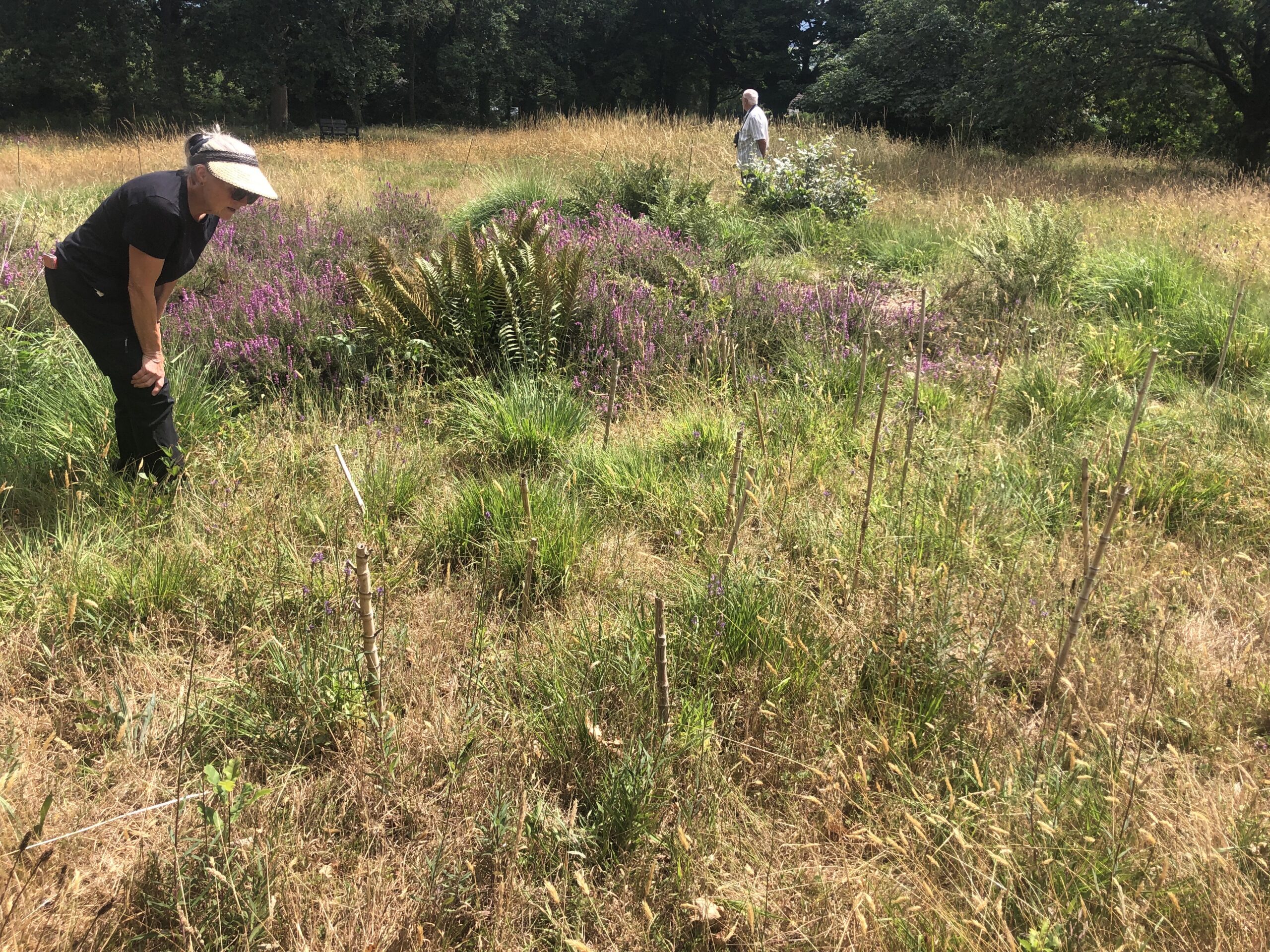A rare East Devon wildflower is showing encouraging signs of recovery thanks to the efforts of volunteers and the East Devon National Landscape team.
Heath Lobelia is an incredibly rare wildflower with striking purple-blue blooms. First discovered in 1768 growing on heathland near Shute, East Devon, it was once widespread across areas including Kilmington Common. Over the years, the loss of open heathland and grazing, replaced by woodland, has caused this delicate species to almost disappear from the East Devon landscape.
Recognising its importance, the East Devon National Landscape identified Heath Lobelia as a priority species for conservation. In partnership with local landowners and a dedicated group of volunteers known as the Heath Lobelia Champions and the Kilmington Common Conservation Volunteers, they have been working to restore and expand its population by:
- Safeguarding existing populations and identifying suitable new planting sites in the Shute and Kilmington area.
- Collecting and sowing seed, growing new plants, and carefully managing habitats to support regeneration.
- Promoting the reintroduction scheme within the local community to raise awareness of this special native wildflower.
In 2025, the project celebrated several successes:
- Volunteers counted 67 plants growing on Kilmington Common, following the planting of an additional 30 Heath Lobelia the previous autumn.
- A ‘Go Wild on the Common’ event in July brought the community together to celebrate the flower, featuring a guided walk, moth trapping and bug hunting sessions.
- Although an autumn 2024 planting near Newton Poppleford was unsuccessful, a single Heath Lobelia was later found nearby, showing promising signs of natural spread.
Ruth Worsley, Nature Engagement Coordinator for East Devon National Landscape, said: “I would like to thank our dedicated Heath Lobelia Champions and Kilmington Common Conservation Volunteers who have worked tirelessly throughout the year with annual counts, practical habitat management and monitoring. Thanks also to a landowner at Shute, whose careful meadow management has helped sustain a thriving population. Once known locally as ‘the flower of the Axe’, it’s inspiring to see the community coming together to protect and restore this beautiful part of East Devon’s natural heritage.”
To find out more about the work of the East Devon National Landscape and the ‘Saving Special Species Project’ visit: https://eastdevon-nl.org.uk/our-work/projects/saving-special-species
To get involved in conservation volunteering email: info@eastdevon-nl.org.uk
